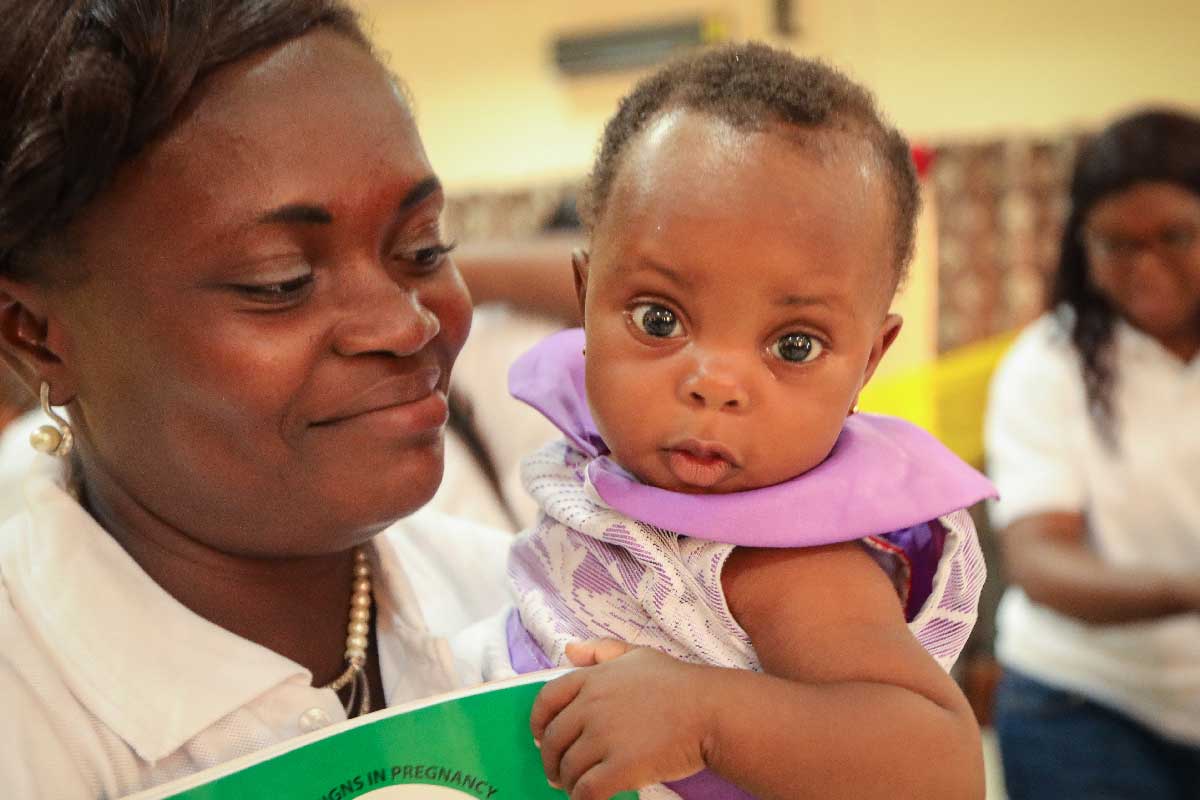Omicron Soup: Deciphering WHO’s new COVID-19 labelling system
WHO has simplified its variant labelling system, but stresses that Omicron remains a public health threat.
- 3 April 2023
- 4 min read
- by Linda Geddes

The World Health Organization (WHO) has updated its variant tracking system to help distinguish new COVID-19 threats from existing ones – and XBB1.5 is now the only Omicron variant "under investigation".
The arrival of Omicron threw WHO's COVID-19 variant naming system into disarray. Originally designed to simplify public communications by assigning Greek letters to those variants it considered threats, Omicron's rapid evolution has made it increasingly difficult for ordinary people to keep up with the dizzying array of subvariants it has spawned.
Although the emergence of new variants from previously circulating variants remains possible, Omicron viruses now account for more than 98% of publicly available sequences.
To clarify matters and help distinguish new or emerging COVID-19 threats from existing Omicron-based ones, WHO has updated its tracking system. Now the various descendants of Omicron are classified independently, rather than being lumped together as a single variant of concern (VOC).
WHO has also updated the working definitions for VOCs and the less worrisome variants of interest (VOIs) to make them more specific. As a result, the original Omicron parent lineage (B.1.1.529) is now considered a "previously circulating VOC", and only the Omicron subvariant known as XBB.1.5 is a VOI.
Omicron soup
SARS-CoV-2 continues to evolve and give rise to new subvariants. Occasionally, a virus emerges carrying mutations that may affect some of its properties: how easily it is transmitted, its ability to overcome our immune defences, or the severity of disease it causes.
When this happens, WHO investigates and categorises these viruses according to their potential for expansion, for causing new waves with increased circulation, or the need to adjust public health measures to contain their spread. Depending on the outcome, it may designate them a "Variant under monitoring" (VUM), "variant of interest" (VOI) or variant of concern" (VOC).
According to the latest definitions, a VUM is one with genetic changes suspected to affect how the virus behaves and which may be showing early signals of faster spread, but the impact of these changes is still uncertain, so it requires enhanced monitoring.
A VOI contains genetic changes that are predicted or known to affect characteristics such as disease severity, transmissibility or antibody evasion. It must also have a growth advantage over other circulating variants in more than one WHO region, with evidence of increasing prevalence and an increasing number of cases over time, or some other evidence to suggest it poses an emerging risk to global public health.
Have you read?
A variant of concern meets the variant of interest criteria but is also associated with more severe disease, or a significant decrease in the effectiveness of available vaccines. It could also be likely to have a substantial impact on the ability of health systems to provide care to patients with COVID-19 or other illnesses.
Moving forward, WHO will only assign Greek letters to VOCs; it will no longer do so for VOIs.
Omnipresent Omicron
Although the emergence of new variants from previously circulating variants remains possible, Omicron viruses now account for more than 98% of publicly available sequences, making them the most likely source of future SARS-CoV-2 variants.
Yet according to WHO's previous system, all offshoots of Omicron were considered part of the same Omicron VOC, which made it difficult to distinguish between them.
The new system will consider each of them independently as VUMs, VOIs, or VOCs.
As of 15 March 2023, the original Omicron variant is categorised as a previously circulating VOC – along with the Alpha, Beta, Gamma and Delta variants – while the XBB.1.5 variant is the only currently circulating VOI.
"The changes have been made in order to better identify additional or new threats over and above those posed by the current Omicron viruses in circulation."
According to WHO's latest risk assessment, published on 24 February 2023, XBB.1.5. is likely to further contribute to increases in case incidence globally, although current information does not suggest an additional public health risk relative to the other currently circulating Omicron descendants.
Six further Omicron subvariants – BQ.1, BA.2.75, CH.1.1, XBB, XBB.1.16 and XBF – are classified as VUMs.
WHO emphasised that these changes do not imply that the circulation of Omicron viruses no longer pose a threat to public health. "Rather, the changes have been made in order to better identify additional or new threats over and above those posed by the current Omicron viruses in circulation," it said.








